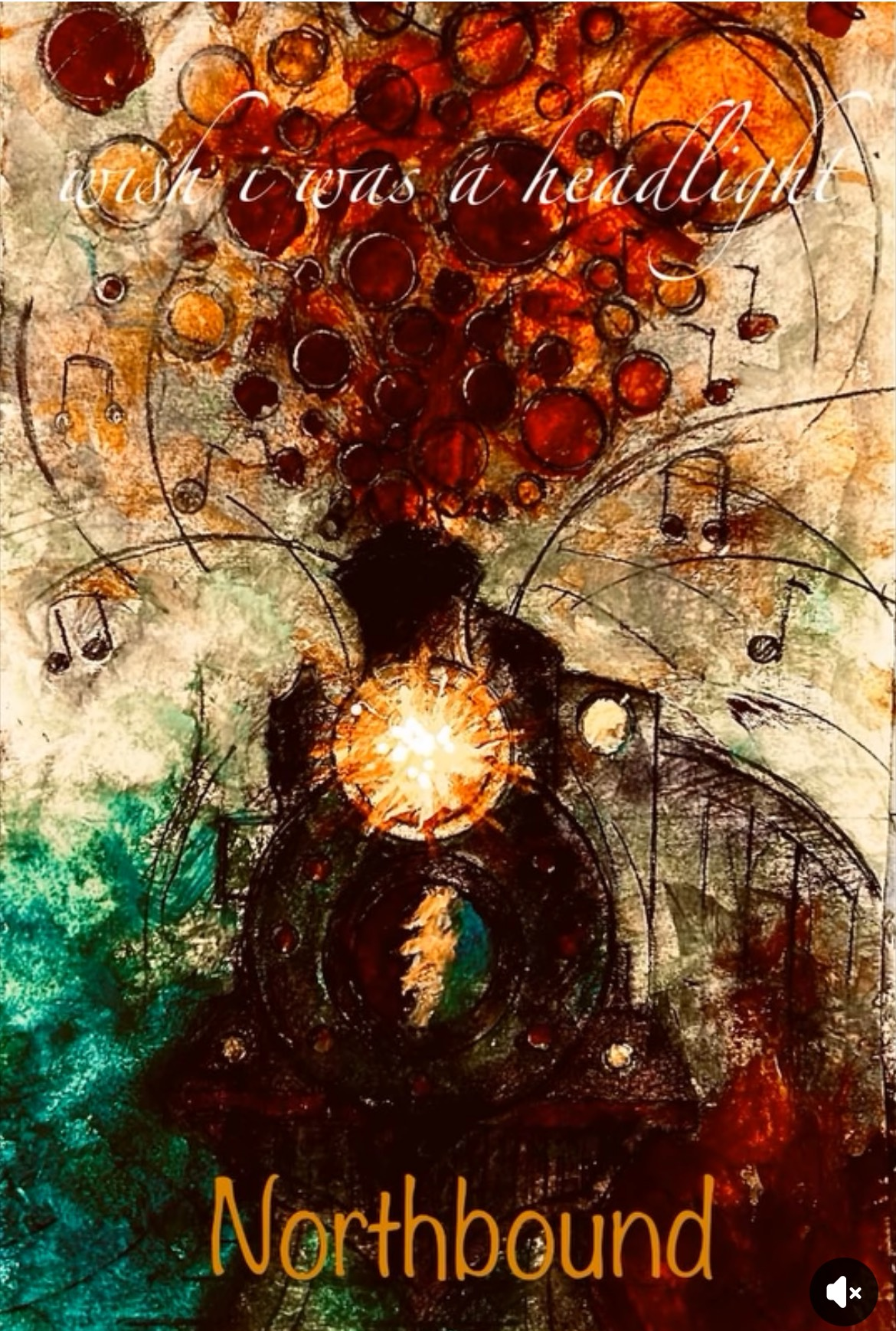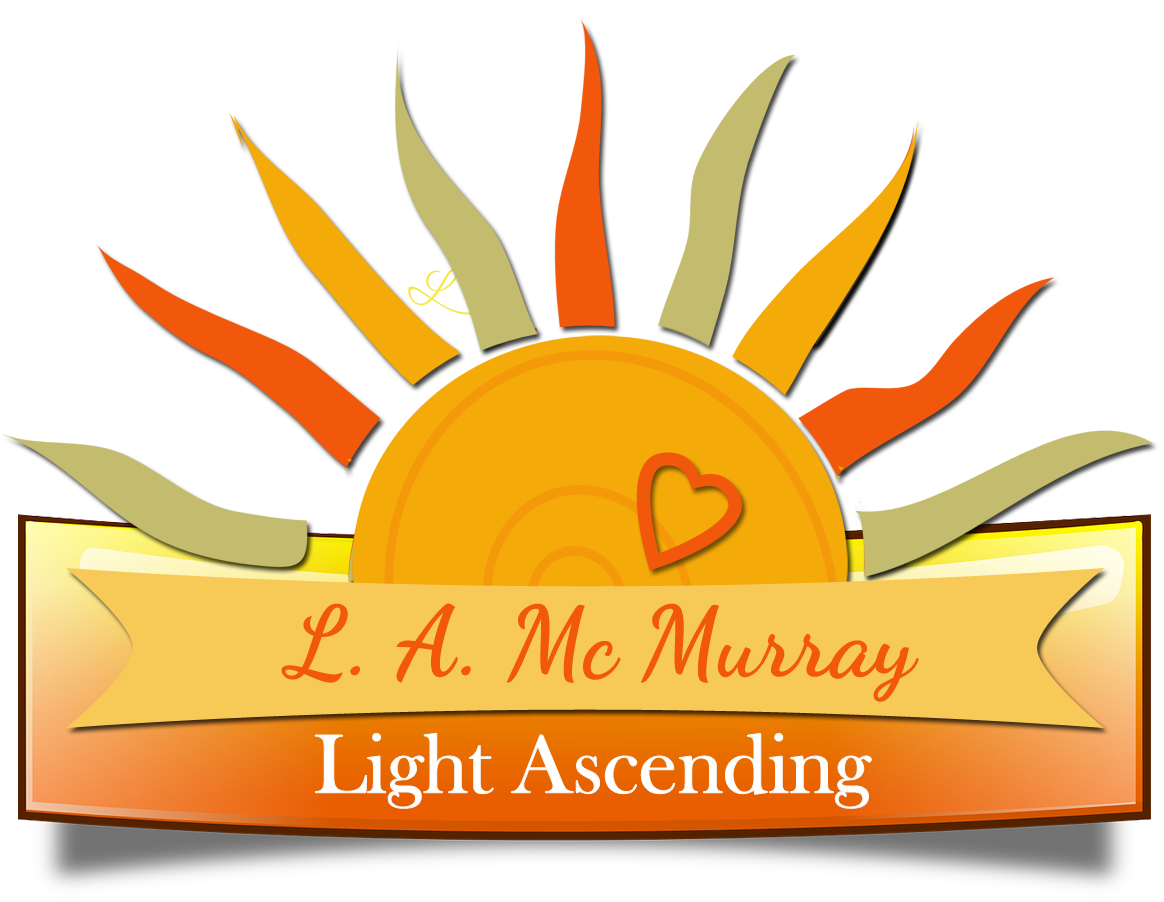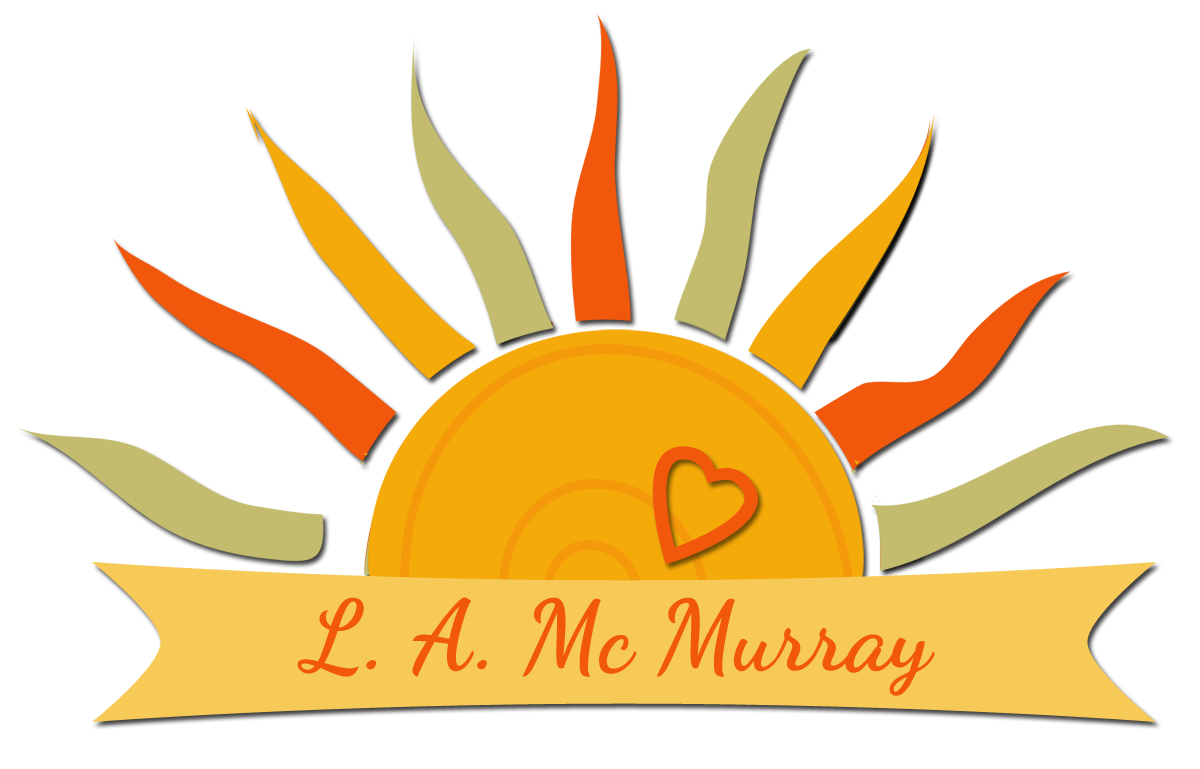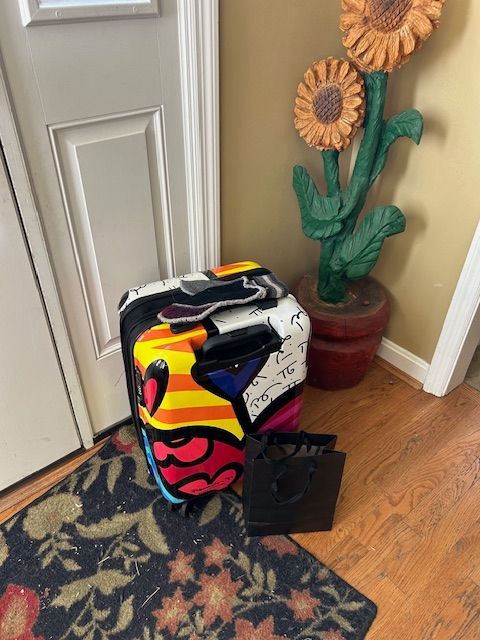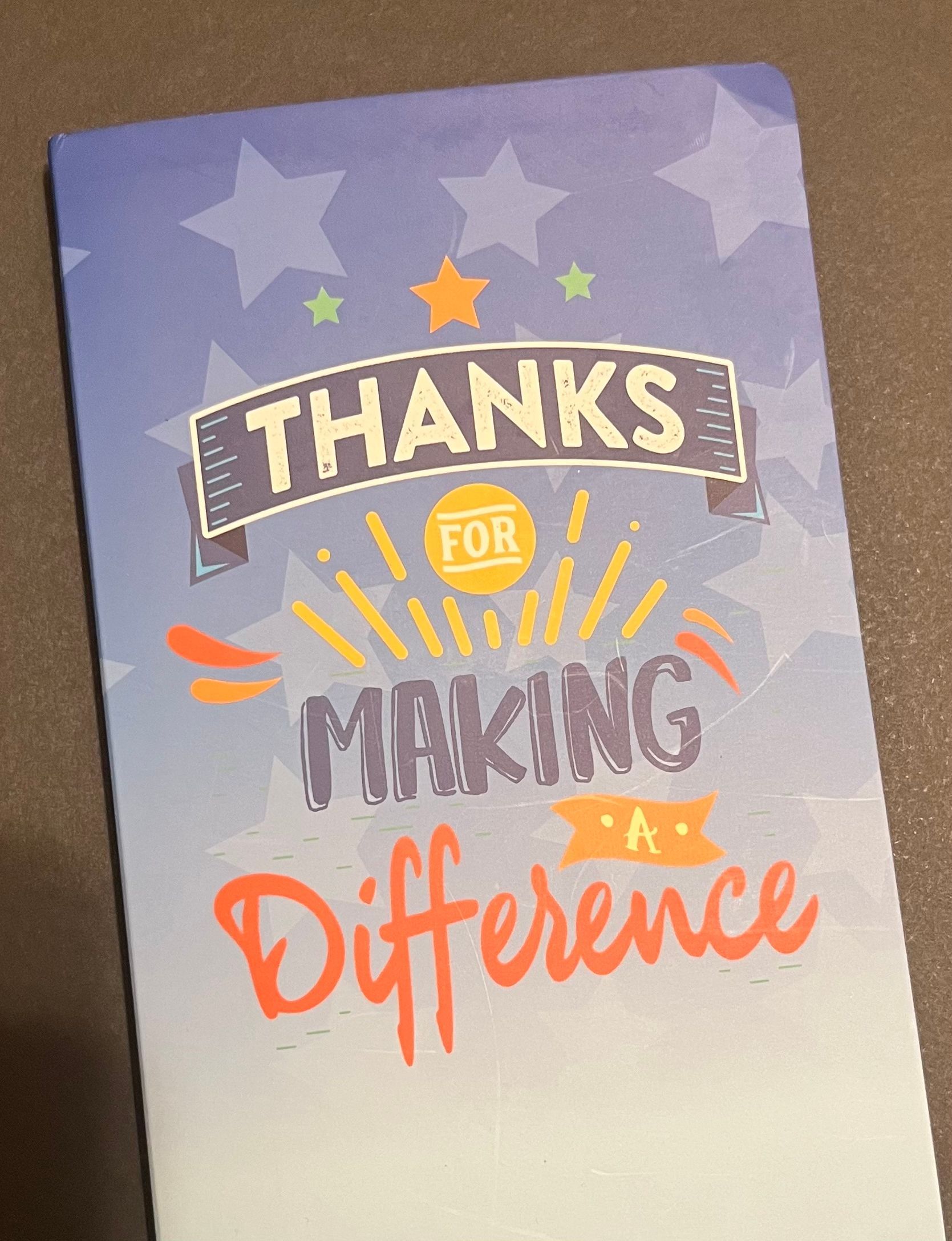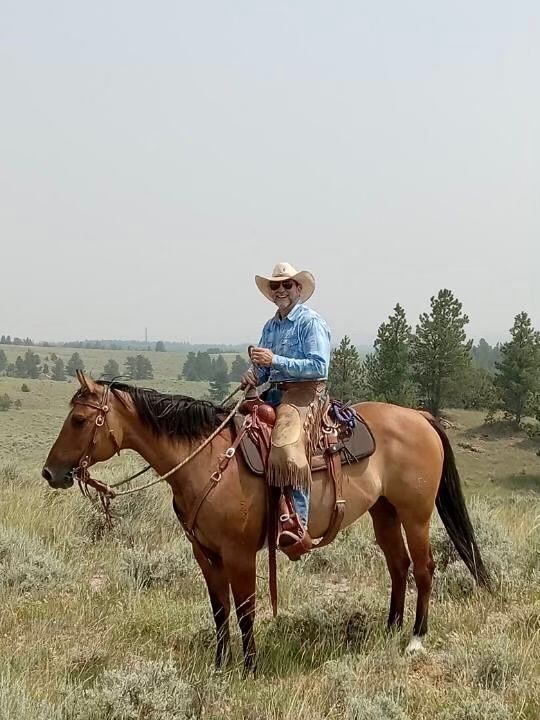Dreams and Dying to be Better
Unlock Creativity:
Discover the Art of Literary Cut Outs
I’ve been going down a rabbit hole ever since last December after seeing the movie, “A Complete Unknown,” the Bob Dylan biopic. I’m slightly obsessed with reading and listening to authors who inspired Dylan as a songwriter, poet, and activist. Most notably, Allen Ginsberg and Jack Keraouc.
In the audio book“First Thought Best Thought,” author William S. Burroughs provided advice for writers for doing “cut outs,” which is rearranging already written words or sentences or paragraphs from various sources. Anything from a magazine, religious text, newspapers, other books. Then you put the cutouts all over the floor or table and move letters, words, sentences or whole paragraphs around to mix and match them into something new.
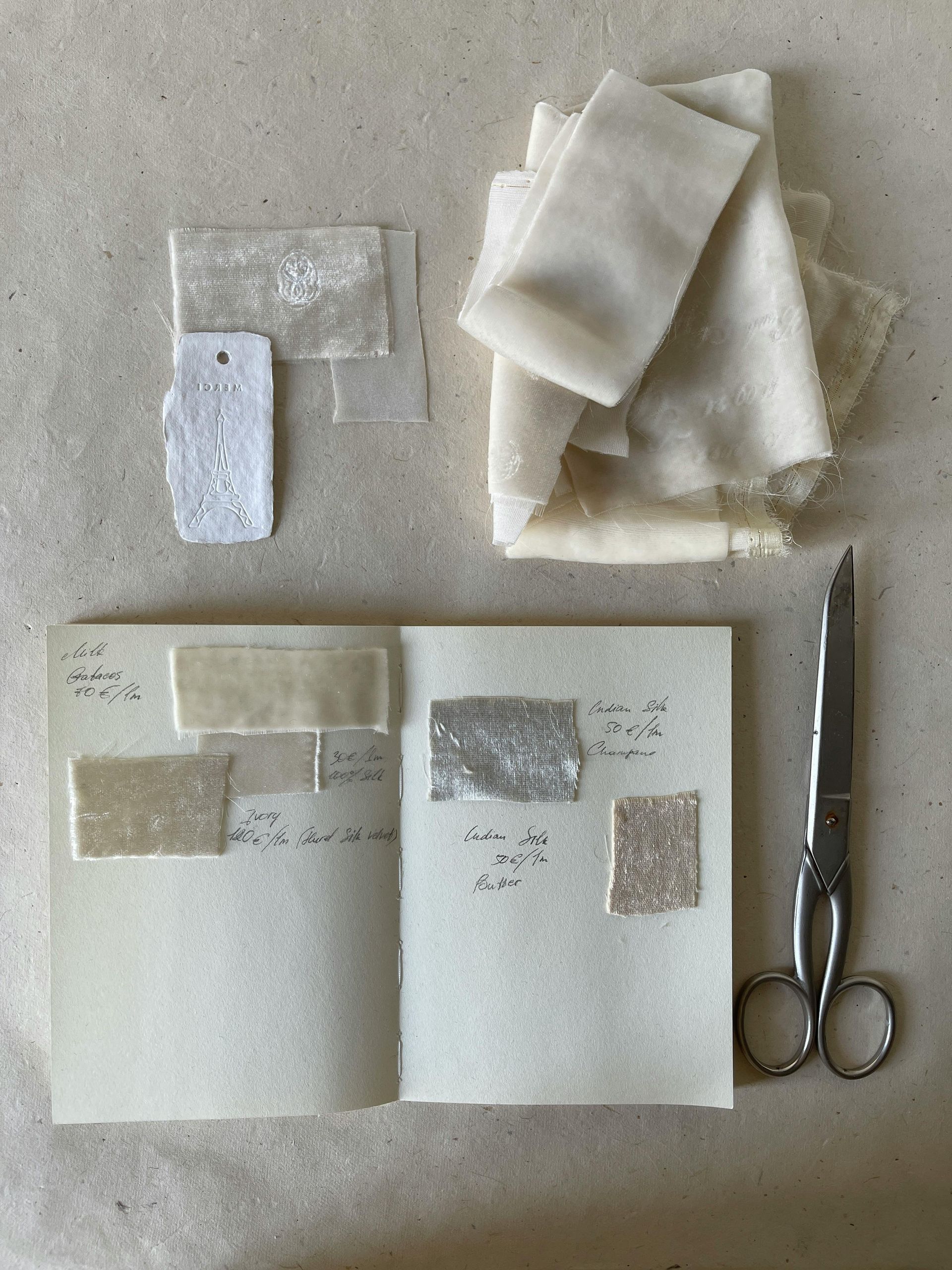
I never heard of this technique that was taught in the 1950s. Interestingly, this process subtlety appears in the movie, “A Complete Unknown,” with Dylan sitting on the floor of his apartment amongst pieces of papers of various sizes and shapes. He is looking at them and moving them around, reading them, and rearranging them. Another scene shows his girlfriend collecting her belongings to travel to Italy when she finds one of these scraps of paper which littered the ironing board along with her passport. She removed it from her passport and read it to him. It’s one of the most poignant scenes in the movie.
I, too, write thoughts or something to add to a current writing project on scraps of paper, napkins, envelopes, an open space on my paper calendar. Anything I can write on is appropriate to capture the gift of a newly worded phrase, scene, additional thought, or fresh angle.
When an idea comes, and I can’t identify the exact source, I gratefully and enthusiastically welcome it. I capture it as if it will never come again, most often it doesn’t. Because it’s not me who conjures the idea. It comes to me from an unknowable, unnamable, creative philanthropist. In the taking and keeping of the thought, I agree to do something with it. It’s not meant to just be written down, I must honor the gift by using it somewhere in my writing. I believe the creative universe connects to each person uniquely and when a human receives inspiration and in turn creates something with it, it’s a way of thanking the source.
Another method taught by Burroughs and author Allen Ginsberg is where to find ideas and inspiration, and one of them is from dreams. They suggest keeping a notebook next to our bed to record whatever comes to us in our dreams. We don’t need to make sense of them, just record them and see what may develop.
The night after hearing this advice, I dreamed about the world potentially coming to an end. Planes were falling from the sky. Thick, horizontal grey storm clouds collapsed into themselves. People scurried about, panicking, and shouting. But I was not a part of the hysteria, because in the middle of the chaos my daughter was having medical crisis. I was calm and taking care of her. It wasn’t clear what was happening, but I was confident, directive, and knowledgeable about her condition and medication. I was open, honest, and direct with the nursing staff on how to best handle the issue and the importance of confidentiality. It was potentially the end of the world, but I wasn’t so sure. I questioned the truth of the situation, while maintaining my focus, and determination to protect and stand up for my child.

Embrace Change:
Nurturing Your Dream Self into Reality
To experience this dream for the initiation of this new writing exercise is nothing short of flabbergasting. Why? Because I am never calm nor confident in real life or in dreams. I am constantly frustrated, overwhelmed, and don’t speak up for myself. When I awoke that morning, I liked who I was in that dream. Moreover, I liked getting it on paper and thinking about being that person, recording her, and committing her to a future project or my current self.
As soon as I was done with recording the details, it was time for my word of the day in Scripture. It was from John 12:24: how a seed needs to die to become a plant and talks about how something needs to change to become something else, a seed, with proper nurturing, becomes a plant or fruit. My dream included death and dying, and truth, and becoming different, something better. I felt a divine nudge to nurture that version of myself from the dream into reality.
Another layer in the cake came when I clicked on my morning meditation app and the theme was go with the flow when change happens. We are constantly changing, our bodies are in a state of change, if we don’t we die. And people and things die, and yet we must keep going whatever the situation. Change is the natural flow of life.
When I got into my car to start my work travels for the day, it was time to start another audio book. It was one that I had been waiting in line for more than a month. It was “The Year of Magical Thinking,” by Joan Didion. I had reserved it weeks ago when I looked up good writers for writers to read and Joan Didion’s work came up. I selected the one that sounded “magical.” I had no idea of the content. I only knew she was considered a writer’s writer, and it was about a magical year. It turns out, it’s not magical in the sense of hocus pocus or enchanting, yet it’s full of deeply personal enlightenment. It’s her story about the year after her husband’s death and how her life changed in an instant.
Her story helps the reader understand what happens on a daily, sometimes momentary, basis after the loss of a loved one and gives much needed insight for those of us who love those who have lost a loved one. It’s beautifully written and brings comfort to people who have walked the same path.
The layers continued to pile on when she mentioned the poet Dylan Thomas, the very poet from whom Bob Dylan took for his last name when he changed it from Zimmerman. A fact not totally substantiated.
I almost drove off the road when she described her dreams and how she talked about them with her husband and her interpretation of them. I am listening to this on the very day I began to write down my dreams after learning it as a writing exercise.
The cherry on top was when she described how Julia Child passed away while writing this book which was only a few months after her husband’s death. She felt a seed of joy knowing their mutual friend and famous chef would bake the best soufflé for her beloved husband in the next life. Less than two weeks ago, my daughter and I saw a Julia Child exhibit at the Cincinnati Art Museum. The exhibit was fascinating and still on my mind when Ms. Didion mentioned her in this book.
Life is like a layer cake, or onion, it depends on the day.
